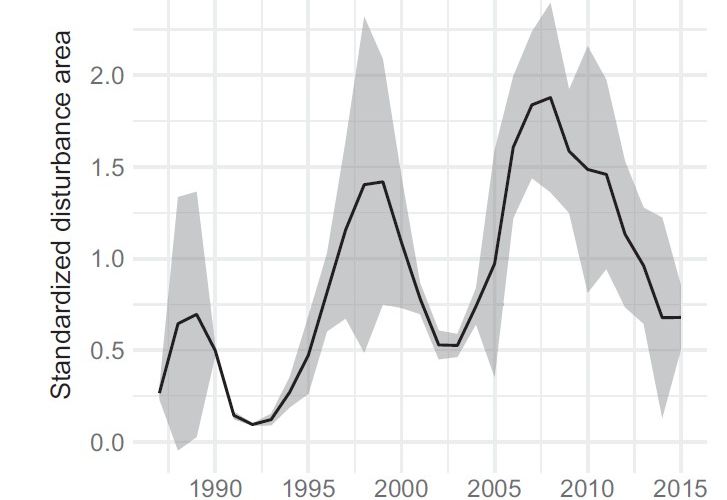
A recent study published in Global Change Biology for the first time documented continental-scale synchronization of forest disturbances in Europe.
Written by rupert on Thursday December 21, 2017

The project was presented at the FWF Roadshow at the Vienna University of Economics and Business on December 12, 2017.
Written by rupert on Thursday December 21, 2017
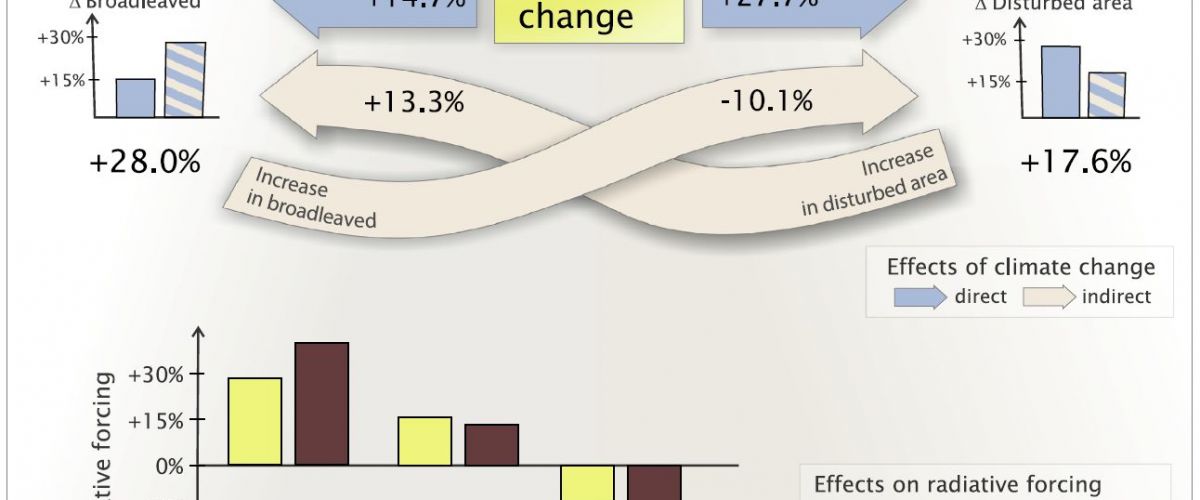
Climate change simultaneously alters tree species composition and disturbance regimes. How these changes affect the climate regulation function of forests was quantified by a recent study published in Ecological Monographs.
Written by rupert on Friday November 3, 2017
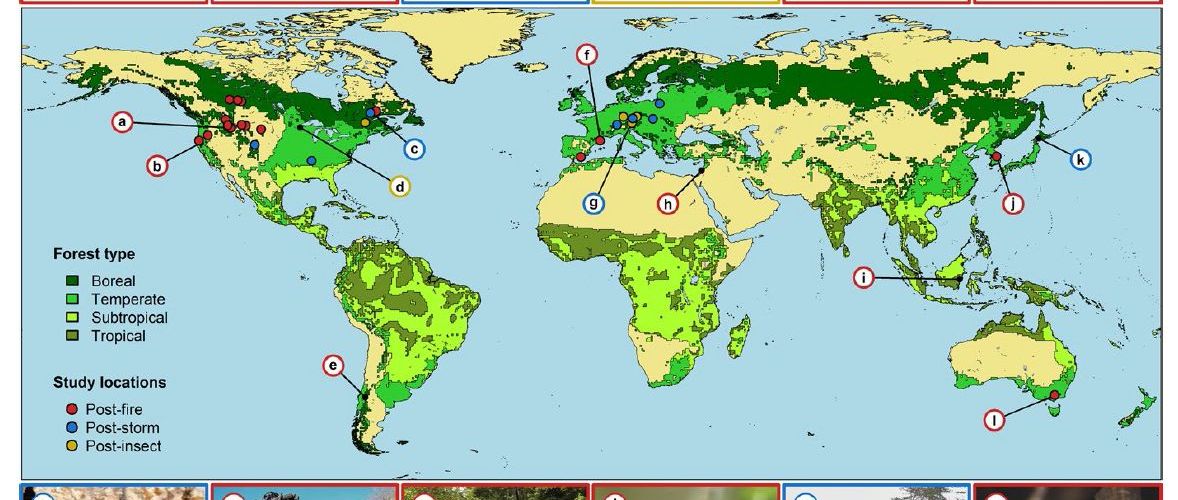
A global meta-analysis assessed how salvage logging after disturbance influences 24 species groups of eight different taxonomic groups. The results were published in the Journal of Applied Ecology.
Written by rupert on Friday September 15, 2017
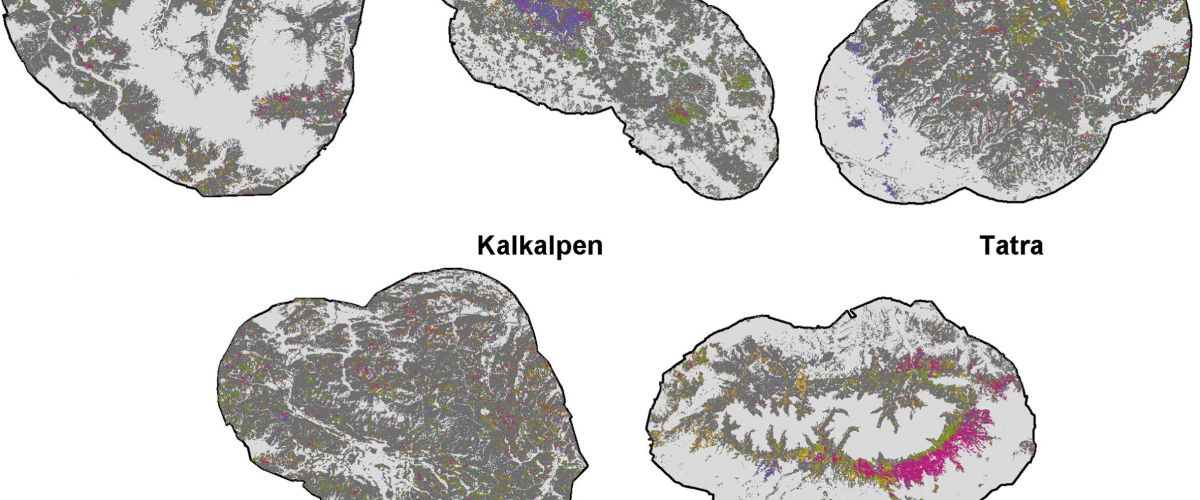
Landsat time series allow a fine-grained analysis of recent forest disturbance dynamics, highlighting differences between unmanaged and managed forest ecosystems.
Written by rupert on Friday August 4, 2017
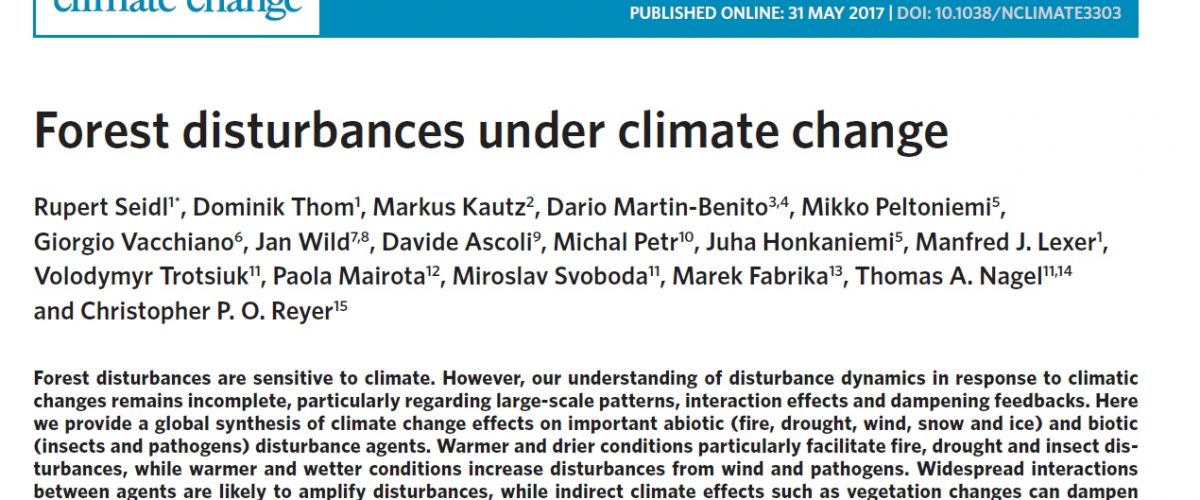
A comprehensive synthesis, recently published in Nature Climate Change, suggests that climate change alters forest disturbance regimes at the global scale.
Written by rupert on Wednesday July 19, 2017
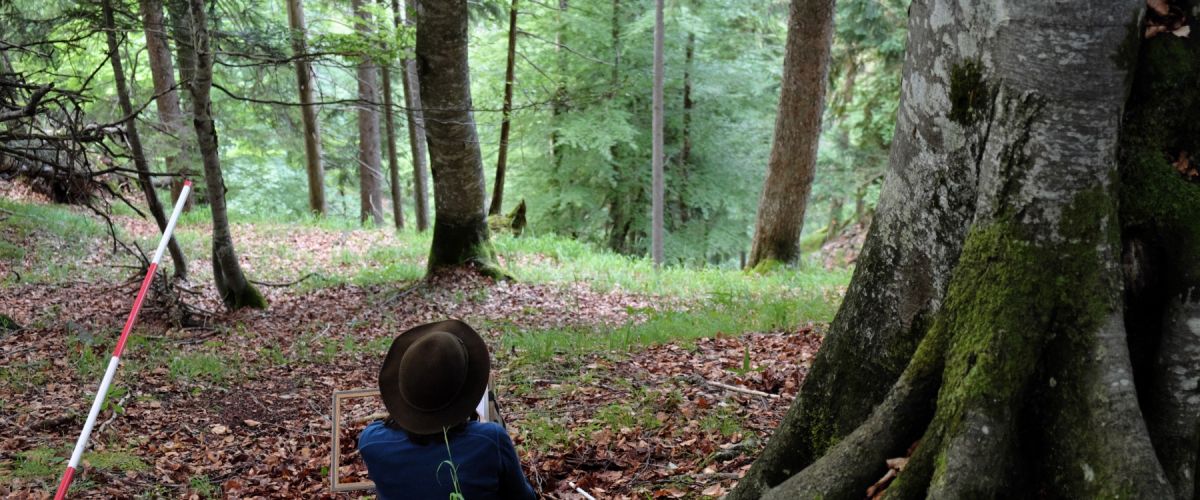
In the 2017 field season our goal is to learn about forest recovery and resilience by studying the forests of the only wilderness area (IUCN cat. I) in Austria.
Written by rupert on Monday July 3, 2017

Two presentations on disturbance patterns and impacts in Europe's forests at the international conference "Macroecology in Space and Time", April 19-21, 2017.
Written by rupert on Thursday April 20, 2017
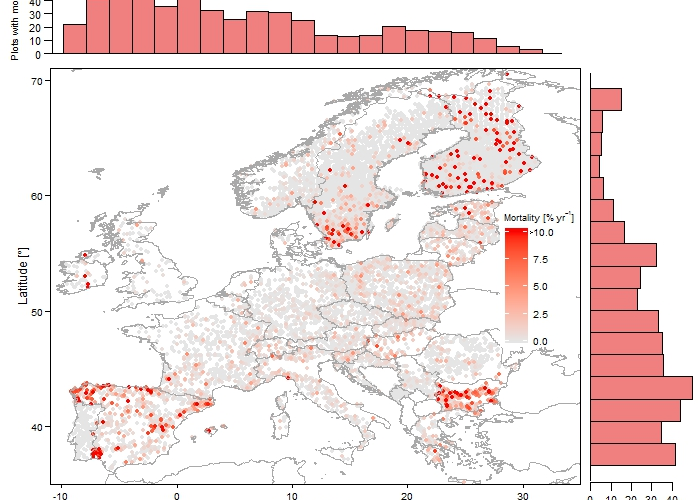
In a recent analysis we've analyzed close to 1 Mill. records from the only consistent continent-wide inventory of forests in Europe to understand patterns and drivers of recent tree mortality in Europe. The results were now published in Global Change Biology.
Written by rupert on Tuesday April 18, 2017
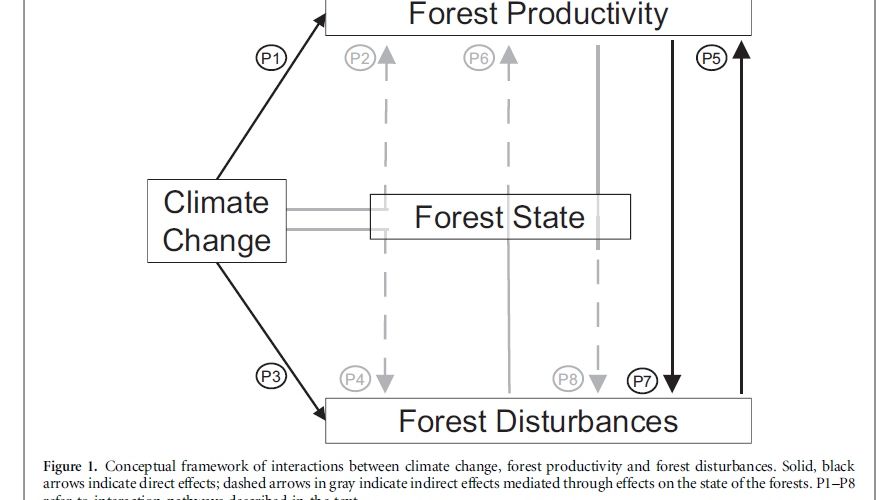
In a recent paper published in Environmental Reserach Letters we - together with a large European consortium - investigate the interactive effects between forest productivity and disturbance.
Written by rupert on Friday March 17, 2017









